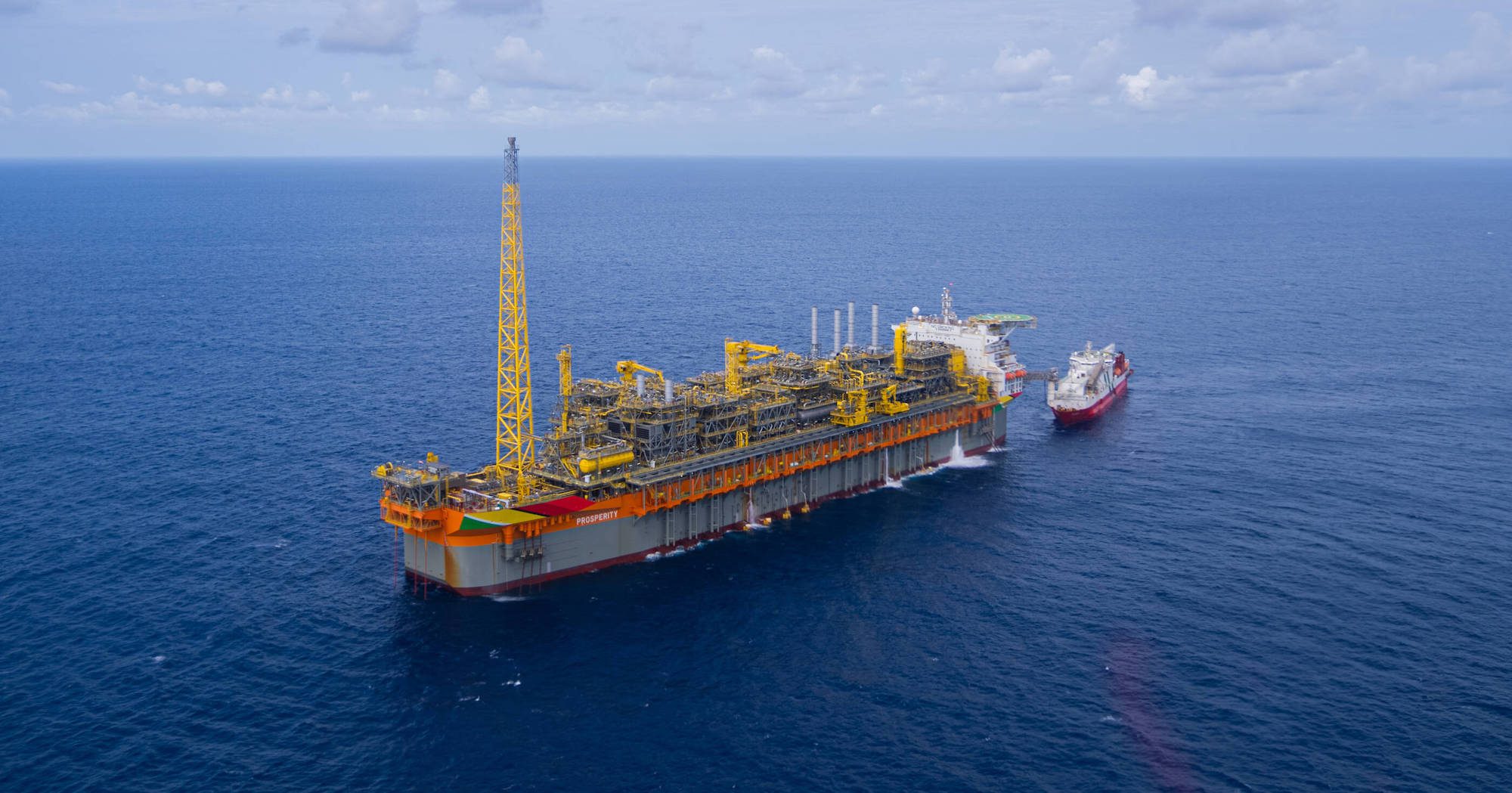UK Strikes at Heart of Russia’s Arctic Energy Empire
New maritime services ban threatens to sever lifeline for Yamal LNG exports By Paul Morgan (gCaptain) – In the frozen waters above the Arctic Circle, a fleet of specialised ships...

Guyana has taken a significant step in expanding its offshore oil and gas production, with energy giants TotalEnergies, Qatar Energy, Petronas, Cybele Energy, Delcorp, and International Group Investment securing production sharing agreements (PSAs) to explore five new offshore blocks off northern South America country.
These agreements follow a 2022 tender aimed at diversifying the country’s energy sector, which has been dominated by an ExxonMobil-led consortium since it commenced production offshore Guyana in 2019. The tender, part of Guyana’s first competitive licensing round, saw offers for eight blocks, reflecting global interest in Guyana’s burgeoning offshore oil potential.
Niels Rasmussen, Chief Shipping Analyst at BIMCO, recently highlighted how Guyana’s expanding offshore oil production has contributed to remarkable growth in its oil exports. “Year-to-date, Guyana’s oil exports have jumped to 598 thousand barrels per day (kbpd), a 58% year-on-year increase, adding to the growth achieved in previous years. Over the past three years, the average annual growth rate has hit 76%,” he noted.
Guyana’s oil boom began with ExxonMobil’s ventures in the Liza field in the Starbroek Block. The country now has three Floating Production, Storage, and Offloading (FPSO) units operating in the Stabroek Block.
These FPSOs have made Guyana a significant new player in global oil supply chains. According to BIMCO, Guyana currently accounts for just 1.3% of global crude tanker volumes, primarily soaking up both Suezmax and VLCC tonnage, but its impact on the market is growing.
“Together with the US, Brazil, and Canada, Guyana contributes an increasing share of volumes from the Americas,” Rasmussen explained.
While Panama’s Chiriqui Grande terminal is a key destination for Guyanese crude, North Europe has become the leading importer, receiving 45% of Guyana’s total oil exports this year, according to BIMCO. Mediterranean Europe accounts for 18%, with the remaining 38% going to the Americas.
U.S. Energy Information Administration estimates that 11 billion barrels of recoverable oil and gas resources remain, suggesting that the full potential of Guyana’s offshore reserves and exports is far from realized.
“ExxonMobil is expected to begin production from the Yellowtail field in 2025 which, according to the International Energy Agency, should lift Guyana’s oil production to 710 kbpd. Guyana should therefore remain one of the main areas of oil supply growth outside OPEC+,” concluded Rasmussen.

Sign up for gCaptain’s newsletter and never miss an update

Subscribe to gCaptain Daily and stay informed with the latest global maritime and offshore news
Essential news coupled with the finest maritime content sourced from across the globe.
Sign Up